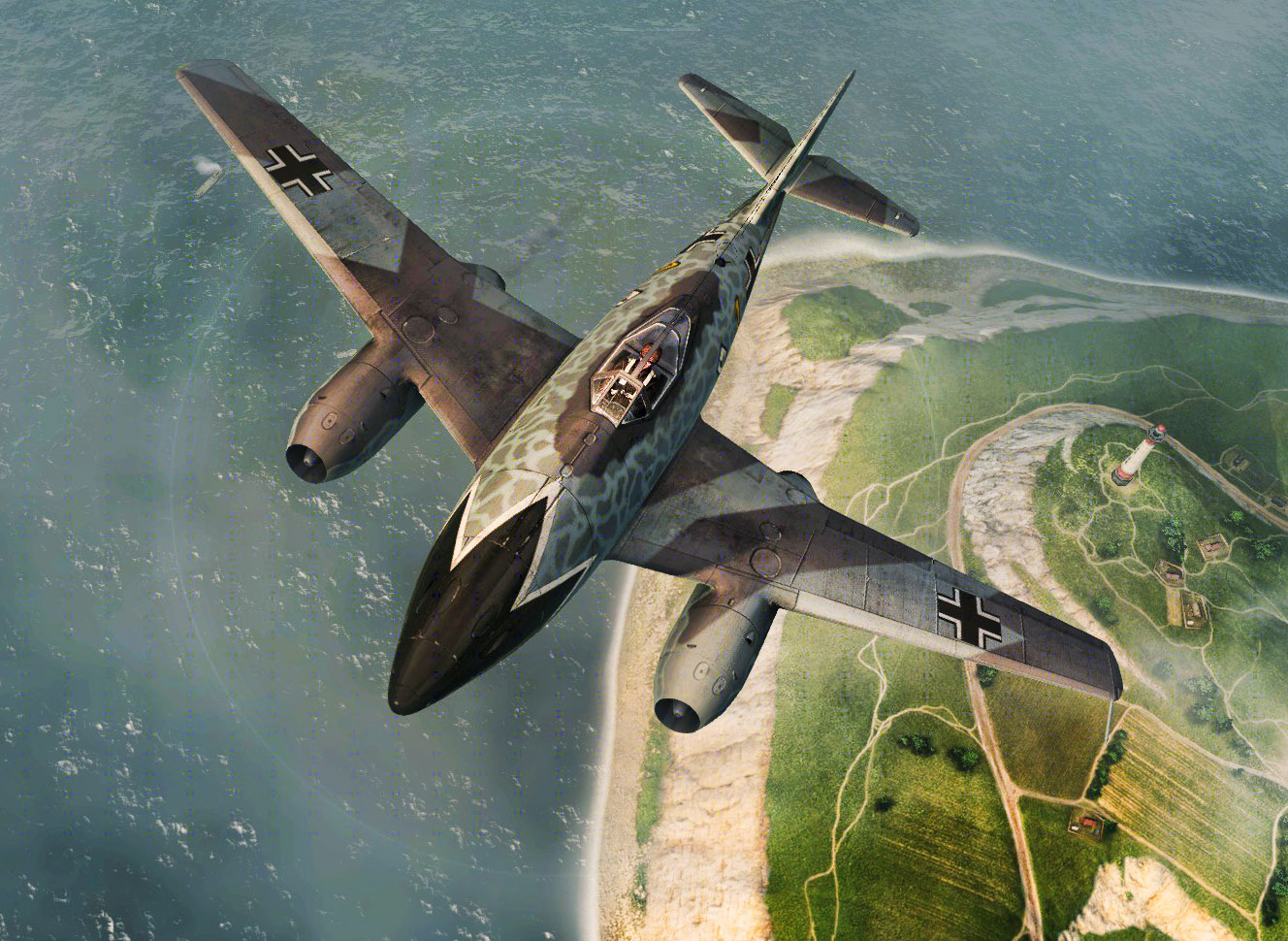July 25th, 1944: The Messerschmitt Me 262 – First Jet Fighter in Combat
On July 25th, 1944, history witnessed a significant milestone in aviation warfare: the Messerschmitt Me 262 became the world’s first operational jet-powered fighter aircraft to see combat. This event marked a pivotal moment in the development of aviation technology during World War II, highlighting Germany’s innovative approach to aerial warfare and the impact of jet propulsion on military tactics.
Background Leading to the Me 262
In the early 1940s, as World War II intensified, aviation technology played a crucial role in shaping the course of battles. The concept of jet propulsion was a revolutionary breakthrough, promising faster speeds and higher altitudes than traditional piston-engine aircraft. The Messerschmitt Me 262, designed by German engineer Willy Messerschmitt, emerged as the embodiment of this technological advancement.
Development and Design
The development of the Me 262 began in the late 1930s, driven by Germany’s desire to maintain air superiority amid Allied bombing campaigns. It featured a sleek, aerodynamic design powered by two Junkers Jumo 004 engines, which enabled speeds of over 500 mph (800 km/h) – significantly faster than contemporary Allied aircraft.
Operational Challenges
Despite its technological superiority, the Me 262 faced numerous challenges during its development and deployment. Germany’s wartime industrial constraints delayed mass production, and technical issues with the jet engines often plagued early variants. Nevertheless, by mid-1944, the aircraft began to enter service with the Luftwaffe, Germany’s air force, under the command of seasoned pilots.
Combat Debut
The operational debut of the Messerschmitt Me 262 occurred on July 25th, 1944, over the skies of Europe. In a desperate attempt to counter Allied bombing raids, a small number of Me 262s engaged Allied bomber formations. Pilots reported the Me 262’s speed and firepower gave them a significant tactical advantage, although limited fuel and maintenance issues hindered sustained operations.
Impact on Air Warfare
The introduction of jet-powered fighters like the Me 262 revolutionized air warfare strategies. Its speed allowed for swift interception of enemy aircraft and rapid strikes on ground targets, challenging Allied air superiority. The psychological impact on Allied pilots facing the advanced German jets also cannot be overstated, as the Me 262 represented a leap in aviation technology.
Legacy and Postwar Influence
Despite its late introduction and limited operational impact due to Germany’s deteriorating war situation, the Messerschmitt Me 262 paved the way for postwar jet aircraft development. Its technology and design principles influenced subsequent generations of fighter jets, shaping the future of military aviation well beyond World War II.
Conclusion
July 25th, 1944, marks a milestone in aviation history with the combat debut of the Messerschmitt Me 262, the world’s first operational jet fighter. Its introduction symbolized Germany’s innovative approach to aerial warfare and underscored the transformative impact of jet propulsion on military tactics. The legacy of the Me 262 continues to resonate in aviation circles, reflecting its pioneering role in advancing the capabilities and speed of fighter aircraft during World War II and beyond.












What do you think?
It is nice to know your opinion. Leave a comment.